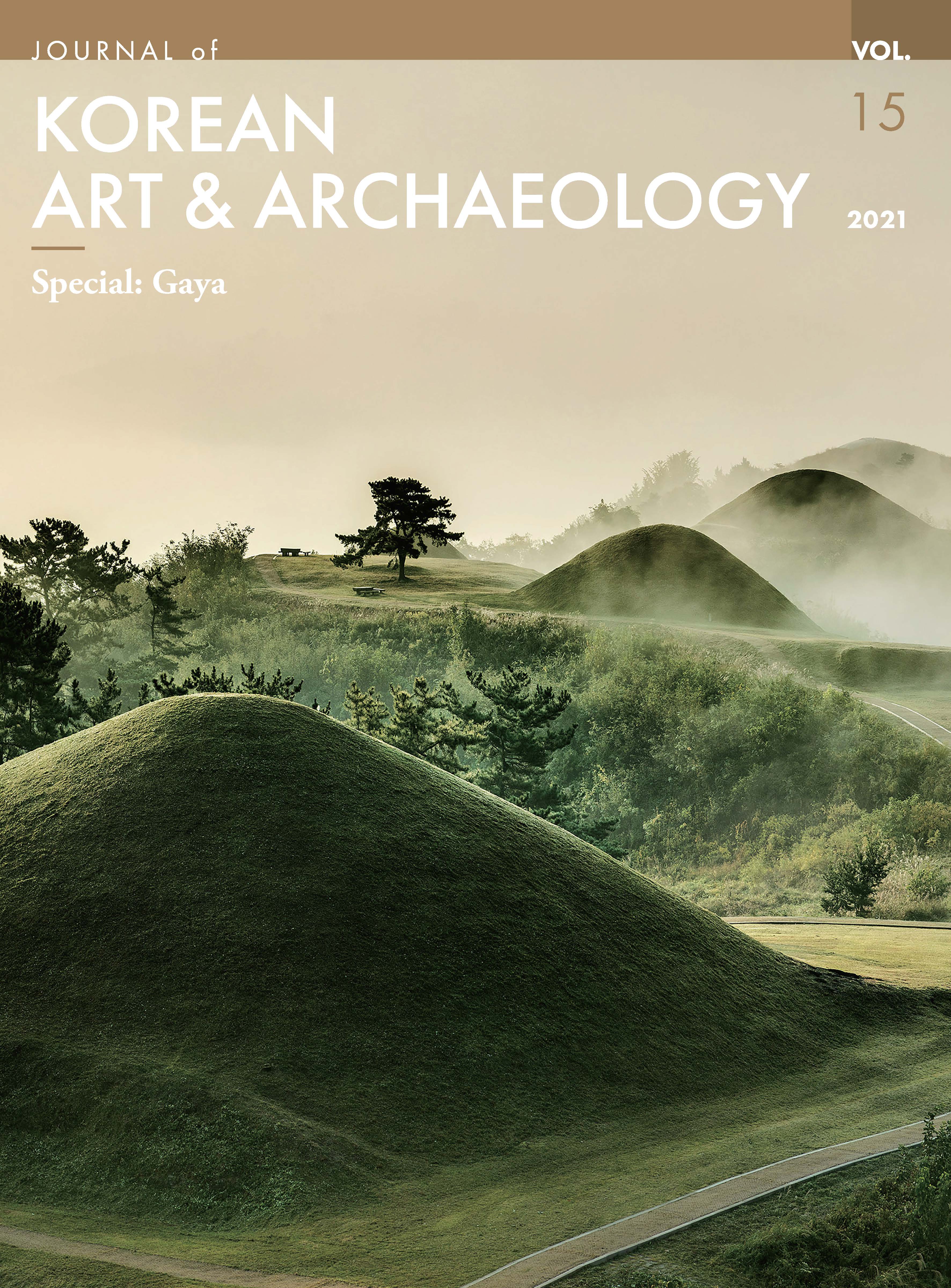Journal of Korean Art & Archaeology: Special Gaya
National Museum of Korea
Editorial Note: The Unique Characteristics of Gaya Culture
Gaya competed with Silla for hundreds of years in the area that is now known as the Gyeongsang region of South Korea but eventually succumbed in the late sixth century. Gaya's history was resultingly disparaged because, from the victorious point of view, it had always been part of Silla.
Gaya appears under the name Imna in Korean and Mimana in Japanese in the Nihon shoki, which relates the history of ancient Japan. Its descriptions seem to imply that Gaya's territory was actually part of Yamato Japan and that an institution for its governance was maintained.
The situation changed markedly in the 1970s with the excavations of Gaya tombs by Korean archaeologists. The nature of the artifacts recovered from these tombs, especially their quality rivaling that of artifacts from Silla, came as a welcome surprise to all. Data produced by archaeological excavations have since provided a foundation for Gaya research and have been used to adress the errors found in previous studies that had been based only on textual research. As a result, it has now become possible to present new knowledge of Gaya's history and culture.
CONTENTS
Editorial Note
005 The Unique Characteristics of Gaya Culture
by Kim Taesik
Special: Gaya
013 Gaya History and Culture
by Kim Taesik
027 Gaya Armor: The Culmination of Gaya Iron Crafting
by Kim Hyuk-joong
041 Developments in the Pottery Culture of Gaya
by Lee Jeonggeun
053 The Ancient East Asian World and Gaya: Maritime Networks and Exchange
by Hong Bosik
Feature
071 A Fantasy in Korean Buddhist Painting: Hungry Ghosts in Nectar Ritual Paintings
by Kim Seunghee
Collection
086 Casting Techniques for Gilt-bronze Pensive Bodhisattva Sculptures: Focusing on Korean National Treasures No. 78 and No. 83
by Min Byoungchan
104 Photography Credits
Further Reading
Individual: $50
Institution: $175
